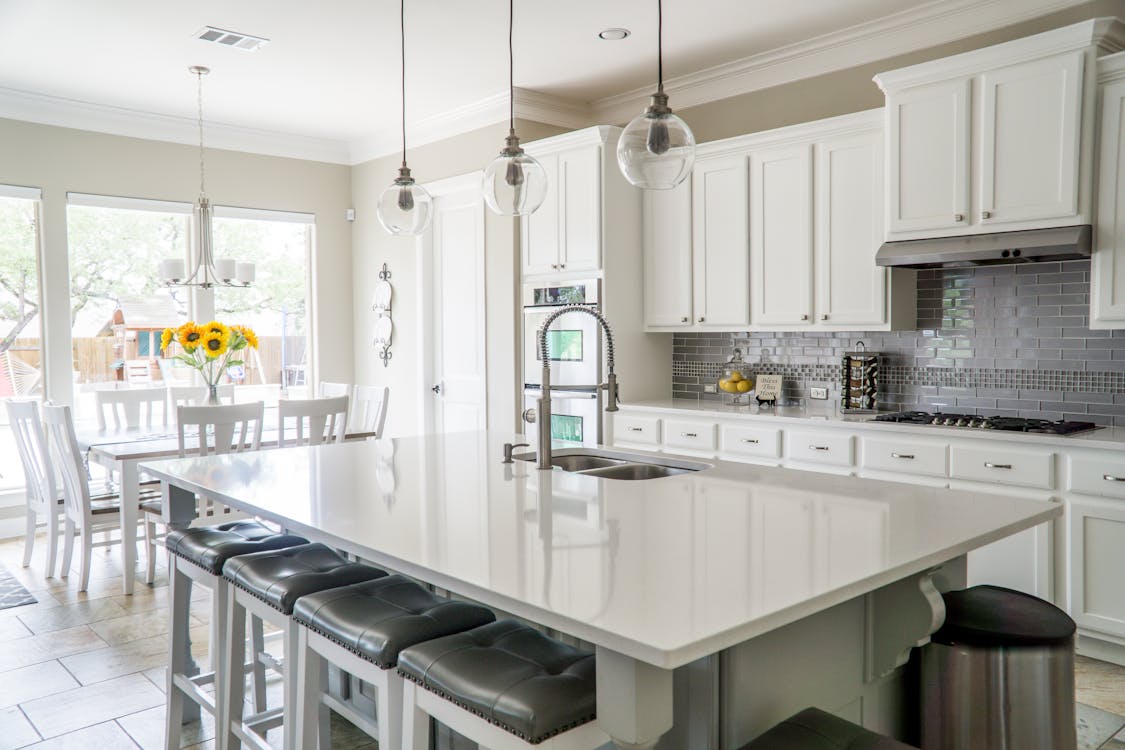The kitchen sink is a focal point in any kitchen, serving both functional and aesthetic purposes. With a plethora of designs available in the market, selecting the right kitchen sink can be a daunting task. This guide aims to help you navigate through the various options and make an informed decision that suits your kitchen’s style and functionality.
- Material Matters
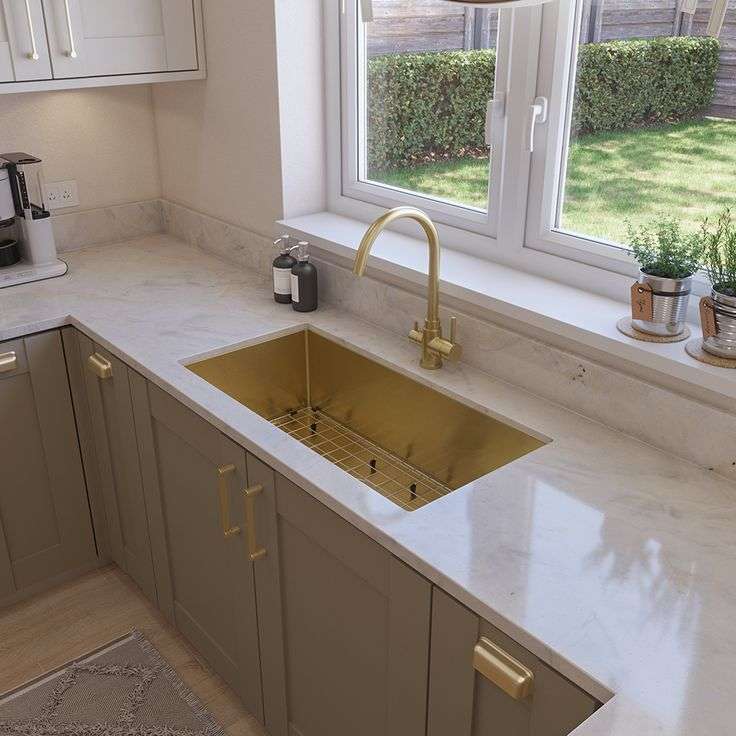
One of the first considerations when choosing a kitchen sink design is the material. Each material comes with its own set of advantages and disadvantages. Common materials include stainless steel, cast iron, fireclay, composite, and natural stone.
- Stainless Steel: Known for its durability and resistance to corrosion, stainless steel sinks are a popular choice. They are easy to clean, versatile, and can complement various kitchen styles.
- Cast Iron: Cast iron sinks are known for their durability and classic aesthetic. They are coated with enamel, providing a glossy finish and protection against scratches and stains.
- Fireclay: Fireclay sinks offer a timeless, farmhouse-inspired look. They are resistant to scratches, stains, and heat. However, they can be heavy and may require additional support.
- Composite: Made from a blend of materials like quartz and acrylic, composite sinks are durable and come in various colors. They offer a modern aesthetic and are resistant to scratches and stains.
- Natural Stone: For a luxurious and unique look, natural stone sinks such as granite or marble can be an excellent choice. However, they may require more maintenance to prevent staining.
Consider the overall style of your kitchen and the level of maintenance you are willing to commit to when selecting the material for your sink.
- Sink Configuration
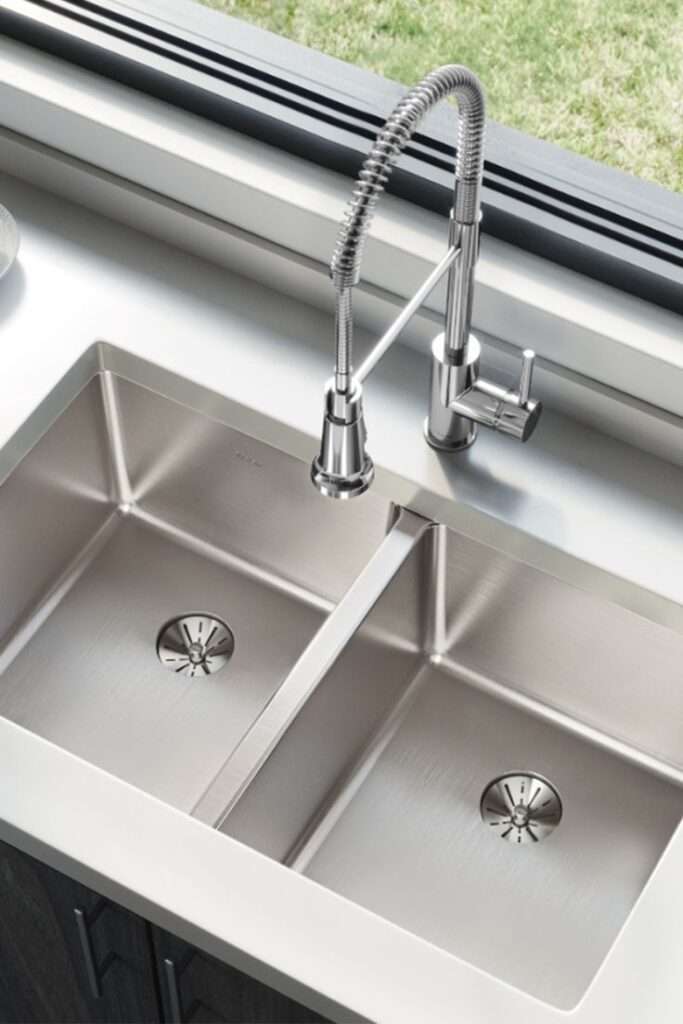
Kitchen sinks come in various configurations to meet different needs. The most common configurations include single-bowl, double-bowl, and triple-bowl sinks.
- Single-Bowl: Ideal for smaller kitchens or spaces where counter space is limited, single-bowl sinks provide a simple and sleek design. They are also suitable for washing larger items.
- Double-Bowl: Double-bowl sinks feature two separate compartments, allowing for multitasking. You can use one bowl for washing dishes and the other for food preparation. Consider equal-sized bowls or one larger and one smaller bowl based on your preferences.
- Triple-Bowl: Triple-bowl sinks offer even more versatility, with three separate compartments. This configuration is suitable for larger kitchens or those who require additional functionality, such as a dedicated space for food preparation, washing, and drying.
Consider your daily kitchen activities and workflow to determine the most suitable sink configuration for your needs.
- Mounting Styles
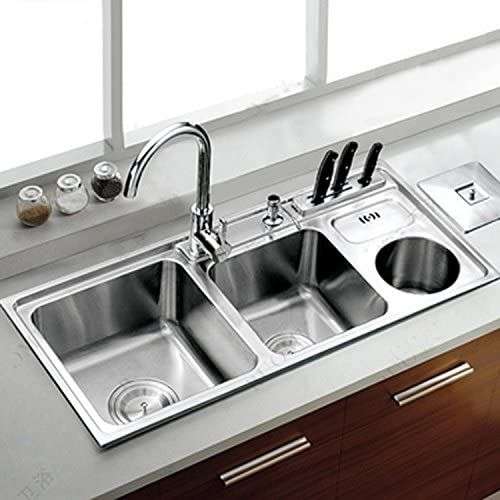
The way a sink is installed can significantly impact its appearance and functionality. The three main mounting styles are undermount, drop-in (top mount), and farmhouse (apron front).
- Undermount: Undermount sinks are installed beneath the countertop, creating a seamless and clean look. They are easy to clean as there is no lip or rim to trap debris. This style works well with solid surface countertops like granite or quartz.
- Drop-In (Top Mount): Drop-in sinks are installed by dropping them into a pre-cut hole in the countertop. They have a visible rim, making them easier to install and a good choice for various countertop materials.
- Farmhouse (Apron Front): Farmhouse sinks have a distinctive exposed front, adding a rustic and charming element to the kitchen. They are typically large and can accommodate oversized pots and pans. Installation may require some modification to the cabinetry.
Consider the aesthetics of your kitchen and the ease of installation when choosing a mounting style.
- Size and Depth
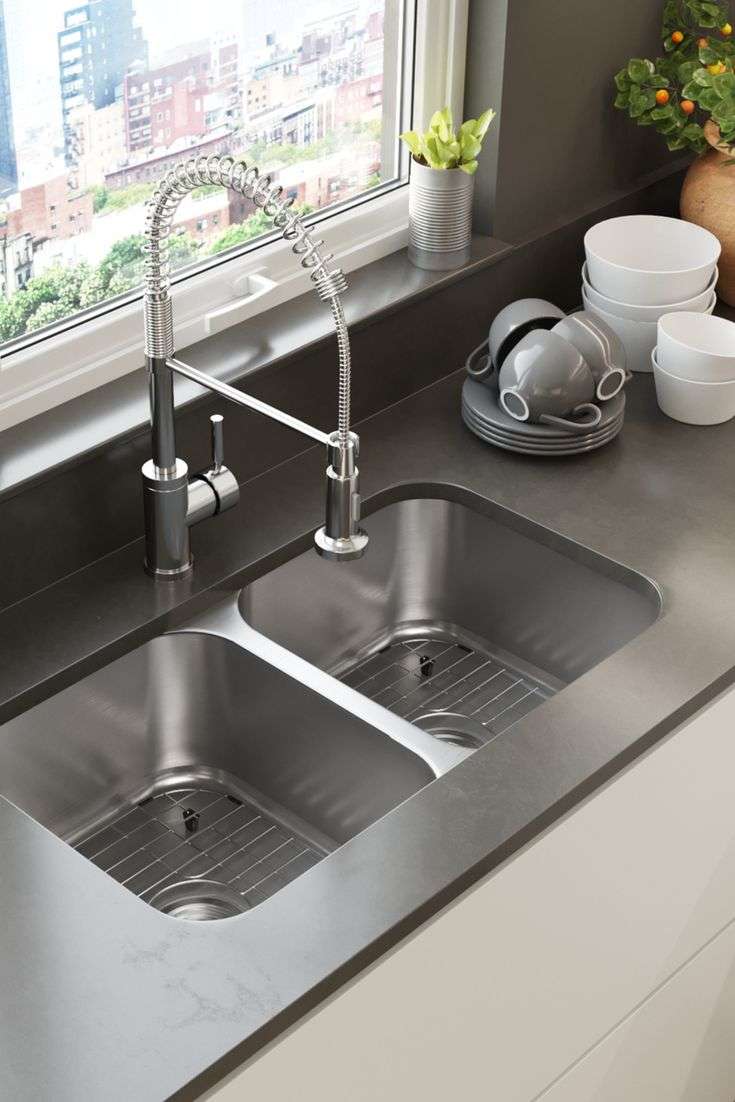
The size and depth of the sink play a crucial role in its functionality. Consider the size of your kitchen, the amount of counter space available, and your specific needs.
- Size: Choose a sink size that complements the overall scale of your kitchen. While larger sinks offer more space for washing dishes, they may not be suitable for smaller kitchens with limited counter space.
- Depth: Deeper sinks can accommodate larger pots and pans but may also lead to more splashing. Shallower sinks are easier to reach into but may not be suitable for washing larger items.
Think about the types of tasks you regularly perform in your kitchen and choose a size and depth that align with your needs.
- Faucet Compatibility
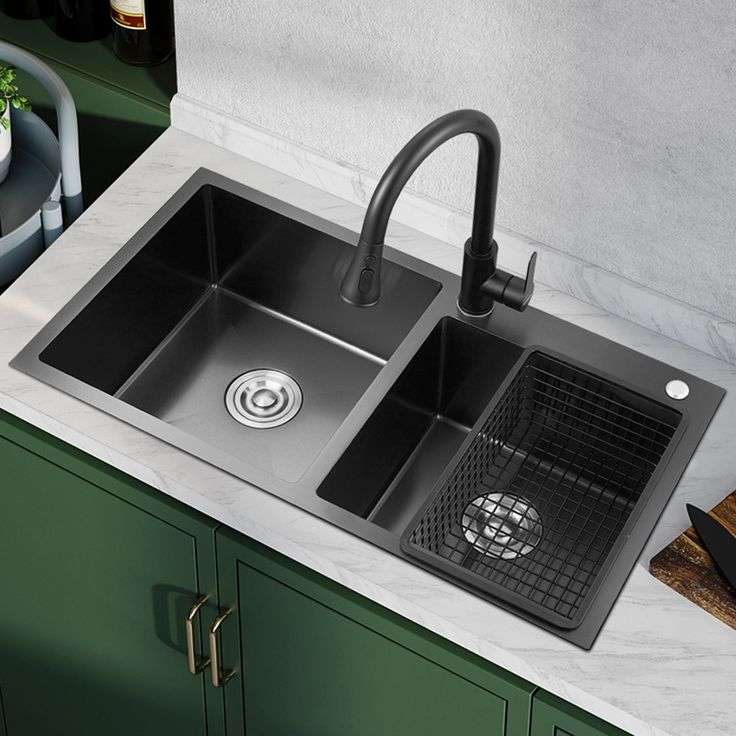
The sink and faucet work together as a cohesive unit in your kitchen. Consider the design and functionality of the faucet in relation to the sink. High-arc faucets may be more suitable for deep sinks, while a compact faucet may be better for a smaller sink.
Additionally, the number of faucet holes in the sink is essential. Some sinks come with pre-drilled holes for faucets and accessories, while others may require custom drilling. Ensure that the sink you choose is compatible with the type and style of faucet you desire.
- Style and Aesthetics
Finally, consider the overall style and aesthetics of your kitchen when selecting a sink design. The sink should complement the existing decor and contribute to the overall visual appeal of the space. Whether you prefer a modern, traditional, farmhouse, or industrial look, there is a sink design to match your style.
- Modern: Stainless steel or composite sinks with clean lines and minimalist designs are perfect for modern kitchens.
- Traditional: Cast iron or fireclay sinks with classic details and elegant finishes complement traditional kitchen styles.
- Farmhouse: Apron front sinks, often made of fireclay, create a charming and rustic farmhouse feel.
- Industrial: Stainless steel or concrete sinks with a sleek and utilitarian look are ideal for industrial-style kitchens.
Conclusion
Choosing the best kitchen sink design involves a thoughtful consideration of various factors, including material, configuration, mounting style, size, depth, faucet compatibility, and aesthetics. By carefully evaluating your needs and preferences, you can find a sink that not only enhances the functionality of your kitchen but also adds to its visual appeal. Take the time to explore different options, visit showrooms, and seek expert advice to make an informed decision that aligns with your lifestyle and design preferences.


